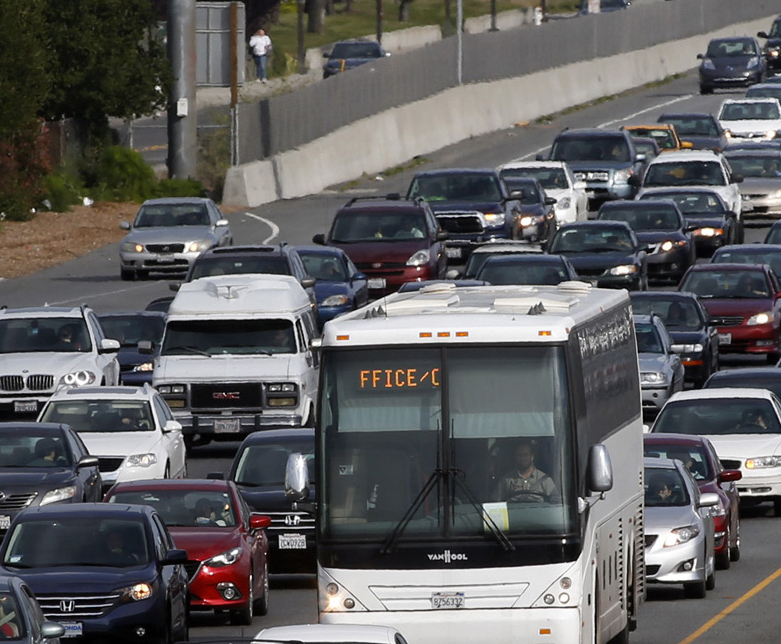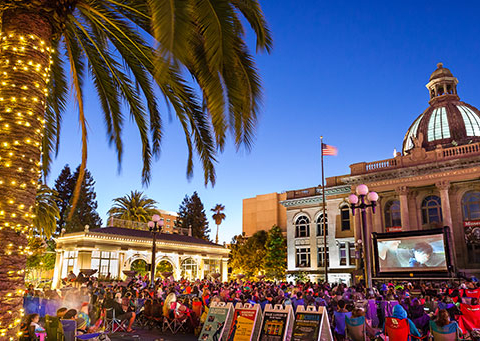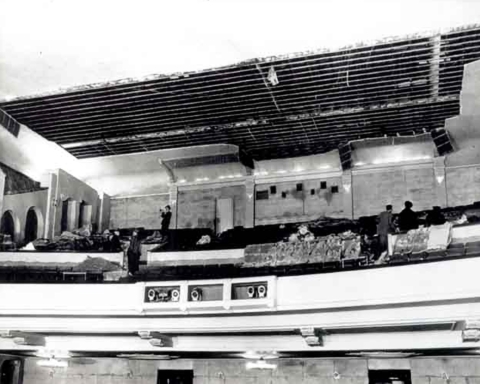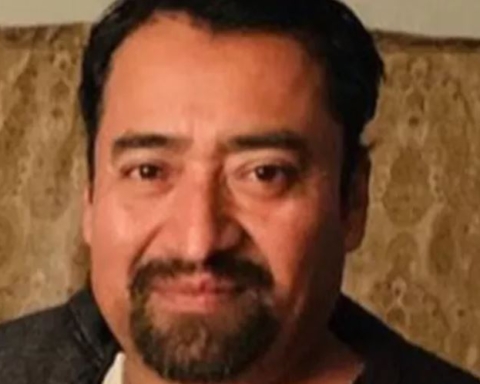When it comes to regional transportation, the main problem is San Francisco Bay.
It’s in the way.
Of course, the world would be a very different place if we had heeded those Bay Area boosters in the 1950s who wanted to fill in the Bay so that Northern California could compete more effectively in size and stature with Southern California. As we always say, size isn’t everything.
The presence of the Bay is the answer to the question that comes up with some frequency by the most hardcore transit advocates: Why are there 27 (or 26 or 28, depending on how you count) transit agencies in the greater Bay Area? If there were one, the argument goes, it would be easier to use transit regionally.
That overly simplistic view (often the safe haven of the hardcore advocate) offers up a solution to a problem that is much more complicated financially, politically, and geographically.
But at the heart of the matter is a simple reality: Traffic is a regional problem with regional solutions that do not include filling in the Bay.
We all contribute to the problem, and we all have to help resolve it.
That’s why Regional Measure 3 (RM3) is on the ballot and that’s why it’s a good idea.
RM3 would raise regional bridge tolls by $1 in 2019, 2022 and 2025, and, yes, most of the money from the increased tolls will not go to improve, repair or expand bridges.
Opponents argue that the people paying the bridge toll will not benefit directly in the form of improved bridges.
Which would be an excellent argument if the people who drive across the bridges went no farther.
But they do. They go to jobs up and down the Peninsula and they are a major reason why there are traffic jams on Highway 101 at the approaches to the San Mateo and Dumbarton bridges. These are traffic jams that occur all day, every day – weekends, after normal commute hours.
In other words, it’s a regional problem. And the money will go to regional traffic relief including toll lanes on regional highways, including Highway 101, expansion of BART to San Jose, electrification of Caltrain, extension of Caltrain to downtown San Francisco, expanded ferry service and expanded regional bus service, including new express service to San Francisco being developed by SamTrans.
If we applied the same logic as the opponents, you should pay for schools only if you have children in school and you should pay for street repairs only on those streets you use.
As comedian Jim Jeffries puts it so eloquently: “We’re not animals. We live in a society.” I’m not paraphrasing here so much as I am censoring just a little.
A FEW DOTS: Some Redwood City Council colleagues were more than a little miffed when Diane Howard recently told Spectrum Magazine she would have voted against a General Plan amendment for the Harbor View project, 1.2 million square feet of office space on the old Malibu Grand Prix site. … The amendment passed 4-2, so Howard’s absence was inconsequential. … She was on a long-planned trip to Europe and she told Spectrum a vote that important should have been held when all seven council members could be there. It struck some as campaign posturing by Howard, who is up for re-election this year. … Contacted by Political Climate, Howard said that’s not quite how she meant it. She said she asked Mayor Ian Bain and city staff if the vote could be pushed back because she thought the whole council should participate in the discussion. It couldn’t, and that was that. If it was portrayed in any other way, that was inaccurate, she said. … Howard is one of two incumbents up for re-election this year, being challenged by at least four opponents, and she declined to say if she would endorse colleague Jeff Gee. “I may not endorse anyone,” Howard said. She will wait to see who else gets into the race. “Ask me in August,” she said.
Contact Mark Simon @mark@climaterwc.com.
*The opinions expressed in this column are the author’s own and do not necessarily reflect the view of Climate Online.






